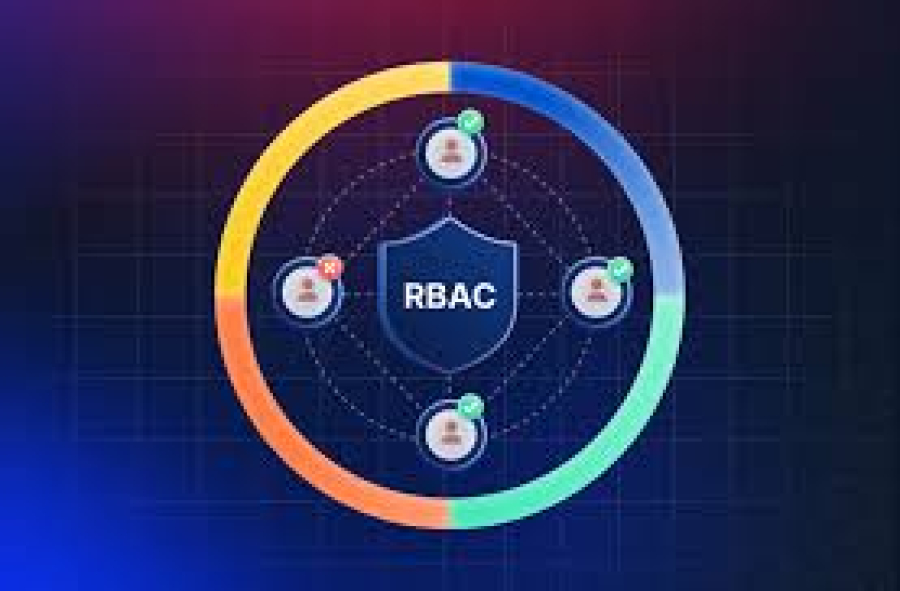How to Improve E-Commerce Security to Prevent Fraud
E-commerce fraud is a growing concern for online businesses. As digital transactions increase, so do cyber threats, data breaches, and fraudulent activities. To protect both your business and customers, implementing robust security measures is crucial. This guide explores best practices for improving e-commerce security to prevent fraud, build trust, and ensure a safe shopping experience for your customers.
How to Improve E-Commerce Security to Prevent Fraud
1. Implement SSL Encryption for Secure Transactions
📌 Why It Matters: Protects customer data from hackers.
✔ Use SSL (Secure Sockets Layer) encryption to secure all transactions.
✔ Ensure your website runs on HTTPS instead of HTTP.
✔ Display a security badge to assure customers their data is protected.
2. Use Multi-Factor Authentication (MFA)
📌 Why It Matters: Adds an extra layer of security for accounts.
✔ Require two-factor authentication (2FA) for customer logins and admin access.
✔ Send OTP (One-Time Passwords) via email or SMS to verify users.
✔ Reduce unauthorized access with fingerprint or facial recognition authentication.
3. Monitor Transactions for Suspicious Activity
📌 Why It Matters: Detects and prevents fraudulent orders.
✔ Set up real-time fraud detection tools to monitor purchases.
✔ Identify red flags like multiple failed payment attempts or high-value transactions from unknown locations.
✔ Use AI-powered fraud prevention tools to analyze purchase behavior.
4. Require Strong Password Policies
📌 Why It Matters: Weak passwords make accounts vulnerable to hacking.
✔ Enforce strong password requirements (uppercase, lowercase, numbers, and special characters).
✔ Require periodic password updates for customers and admin accounts.
✔ Implement passwordless login options like social logins or biometrics for enhanced security.
5. Use Secure Payment Gateways
📌 Why It Matters: Prevents credit card fraud and protects payment data.
✔ Choose trusted payment providers like PayPal, Stripe, or Authorize.net.
✔ Implement tokenization and encryption for card transactions.
✔ Ensure PCI DSS (Payment Card Industry Data Security Standard) compliance.
6. Enable Address Verification System (AVS) & CVV Checks
📌 Why It Matters: Prevents fraudulent credit card transactions.
✔ Use AVS (Address Verification System) to verify billing addresses.
✔ Require the CVV (Card Verification Value) code for all transactions.
✔ Block transactions with mismatched billing details or unusual patterns.
7. Regularly Update Your Website and Plugins
📌 Why It Matters: Prevents security vulnerabilities.
✔ Keep your CMS (WordPress, Shopify, Magento, etc.), themes, and plugins updated.
✔ Apply security patches as soon as they are released.
✔ Remove inactive plugins and extensions that may have security loopholes.
8. Set Up a Secure Login System for Admins
📌 Why It Matters: Protects sensitive business data from unauthorized access.
✔ Restrict admin panel access to trusted IP addresses.
✔ Limit the number of login attempts to prevent brute force attacks.
✔ Use unique usernames instead of common ones like "admin".
9. Educate Customers on Safe Shopping Practices
📌 Why It Matters: Informs users on how to protect their data.
✔ Provide tips on recognizing phishing emails and fake websites.
✔ Encourage customers to use unique and secure passwords.
✔ Warn about sharing credit card details over email or phone.
10. Use a Content Delivery Network (CDN) for Security
📌 Why It Matters: Protects against DDoS (Distributed Denial of Service) attacks.
✔ Implement CDN services like Cloudflare or AWS Shield for website protection.
✔ Detect and block malicious bot traffic automatically.
✔ Improve website speed while maintaining security.
11. Set Up Automated Fraud Alerts
📌 Why It Matters: Helps you respond quickly to threats.
✔ Configure alerts for suspicious activities like multiple failed login attempts.
✔ Use AI-driven tools to flag unusual order patterns.
✔ Integrate fraud detection software like Signifyd, Kount, or Riskified.
12. Display Security Certifications and Trust Badges
📌 Why It Matters: Builds trust with customers and increases conversions.
✔ Show SSL certificates, McAfee Secure, and Norton Secure badges.
✔ Highlight PCI compliance to assure safe payments.
✔ Use customer testimonials and reviews to enhance credibility.
13. Backup Data Regularly
📌 Why It Matters: Protects your business from cyberattacks and data loss.
✔ Schedule automatic backups of customer and order data.
✔ Store backups in a secure cloud server with encryption.
✔ Create a disaster recovery plan in case of security breaches.
14. Implement Role-Based Access Control (RBAC)
📌 Why It Matters: Prevents unauthorized access to critical data.
✔ Assign different user roles (e.g., Admin, Editor, Customer Support).
✔ Restrict access to sensitive information based on roles.
✔ Enable audit logs to track admin activities and prevent insider fraud.
15. Offer a Secure Refund & Dispute Resolution Process
📌 Why It Matters: Prevents chargeback fraud and improves customer trust.
✔ Have a clear refund policy to handle legitimate requests.
✔ Work with payment processors to verify chargebacks before issuing refunds.
✔ Use AI-based chargeback management tools to reduce losses.
Conclusion
E-commerce security should be a top priority for any online business. By implementing strong authentication, secure payment gateways, real-time fraud monitoring, and customer education, you can reduce fraud risks, build customer trust, and protect your business from financial losses. Stay proactive with the latest security measures and keep your e-commerce store safe from cyber threats.


 by Emily
by Emily




